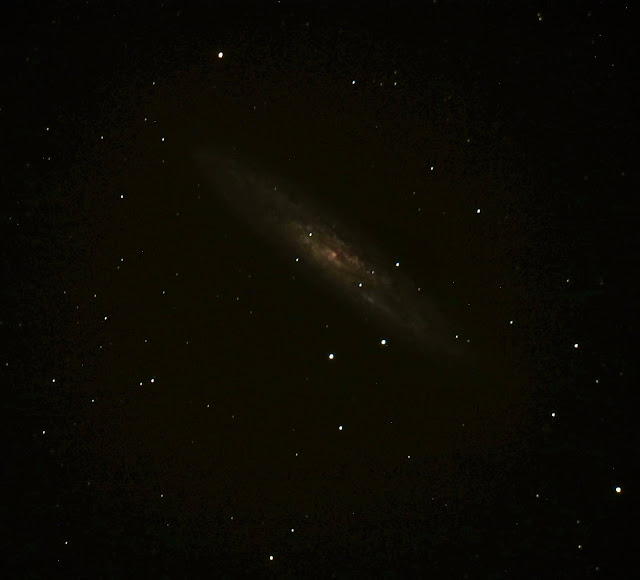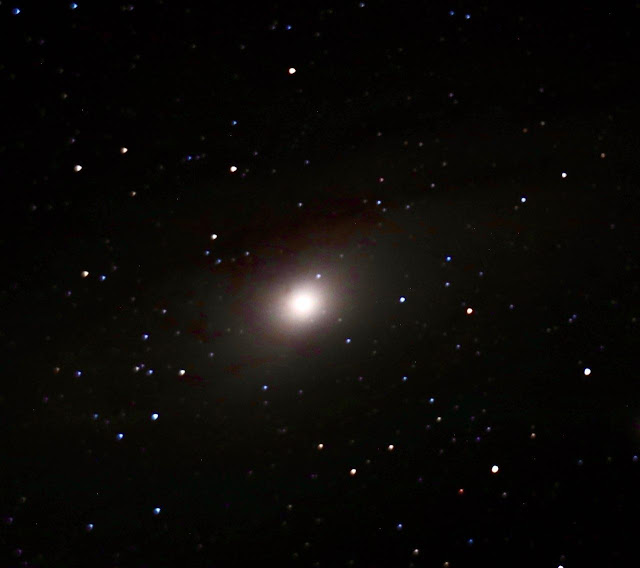James River State Park an International Dark Sky Park
From the start of time, humans have looked to the night sky as an aid to guide them in travel. Mark the change in the seasons. Know when to plant their fields and when to harvest their crops, and test the eyesight of their warriors.
Many people are losing the ability to see the night sky because of light pollution, here on the East Coast of the United States. Finding a night sky dark enough to see the wonders of the stars and planets can be challenging.
Earlier this month, Mars was 38 million miles from Earth. The next time it is this close will be fifteen years from now. My daughter and I enjoyed the Night Sky Festival. We attended last year at Shenandoah National Park. I wanted to get out again to catch a view of Mars and the wonders of the night sky.
Lucky for me, my friend Richard has picked up the hobby of amateur astronomy. He has an impressive computer-controlled telescope. But to enjoy the night sky, what you really need is a dark sky conveniently located near you.
 |
| One of two International Dark Sky Parks in Virginia. |
It just so happens that James River State Park is an International Dark Sky Location (IDA). Nestled in the foothills of the Blue Ridge Mountains in Gladstone, Virginia. The park is about an hour and a half drive from Richmond. While there might be other places in the western part of the state to find the dark sky. Staunton River State Park is the only other International Dark Sky location in Virginia as of this post.
Buried in a blog post on the park's website is the only information that James River State Park is an IDS park. Since the park is open from dawn to dusk. You will need to call the park to get a special use permit to be in the park after dusk if you are not camping. Note: This information is not on their website. Richard only found out by calling the park. The use permit is free and can be emailed to you. The main viewing area is a large hillside, which is the park's amphitheater.
 |
| Richard is getting his Celestron Nexstar Evolution 8" set up. |
The first step to setting up the telescope is to locate north. Once we have determined north. Richard starts to assemble the telescope while I work on setting up our viewing area. As you can see in the background of the picture, it is a very large field that we ended up having all to ourselves. At the bottom of the hill are the James River and the foothills of the Blue Ridge Mountains.
 |
| The telescope has been installed. |
 |
| Waiting for the sun to set over the Blue Ridge Mountains. |
For the telescope to be able to find its location, we have to wait until we can see three stars to start the calibration. Saturn and Jupiter were the first planets we saw in the southern sky. Just above our location were the first three stars that we saw, and they made up what is called the Summer Triangle.
 |
| Starting the calibration process. |
 |
| Hercules Star Cluster |
 |
| Andromeda Galaxy. |
 |
| Milky Way. |
- The Moon- Phases of the Moon.
- Star Walk 2- Augmented Reality Stargazing.
- ISS Detector- Space station and satellites.
- Dark Sky Map- Find areas with minimal light pollution.
- Clear Outside- Weather forecast for astronomers with an emphasis on cloud cover.
- Compass- Finding direction.





Comments